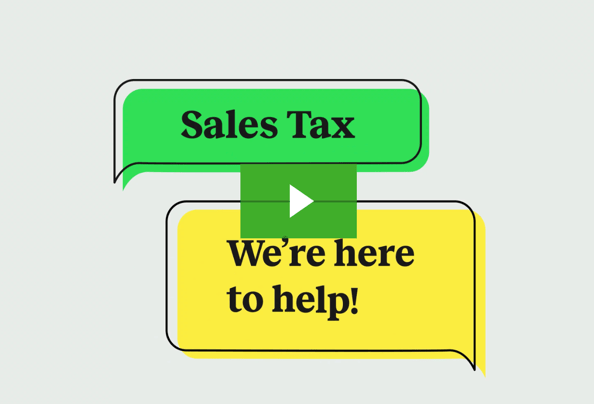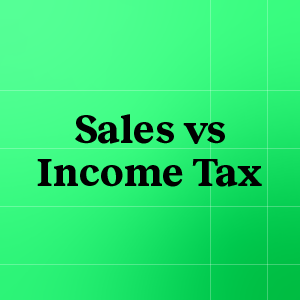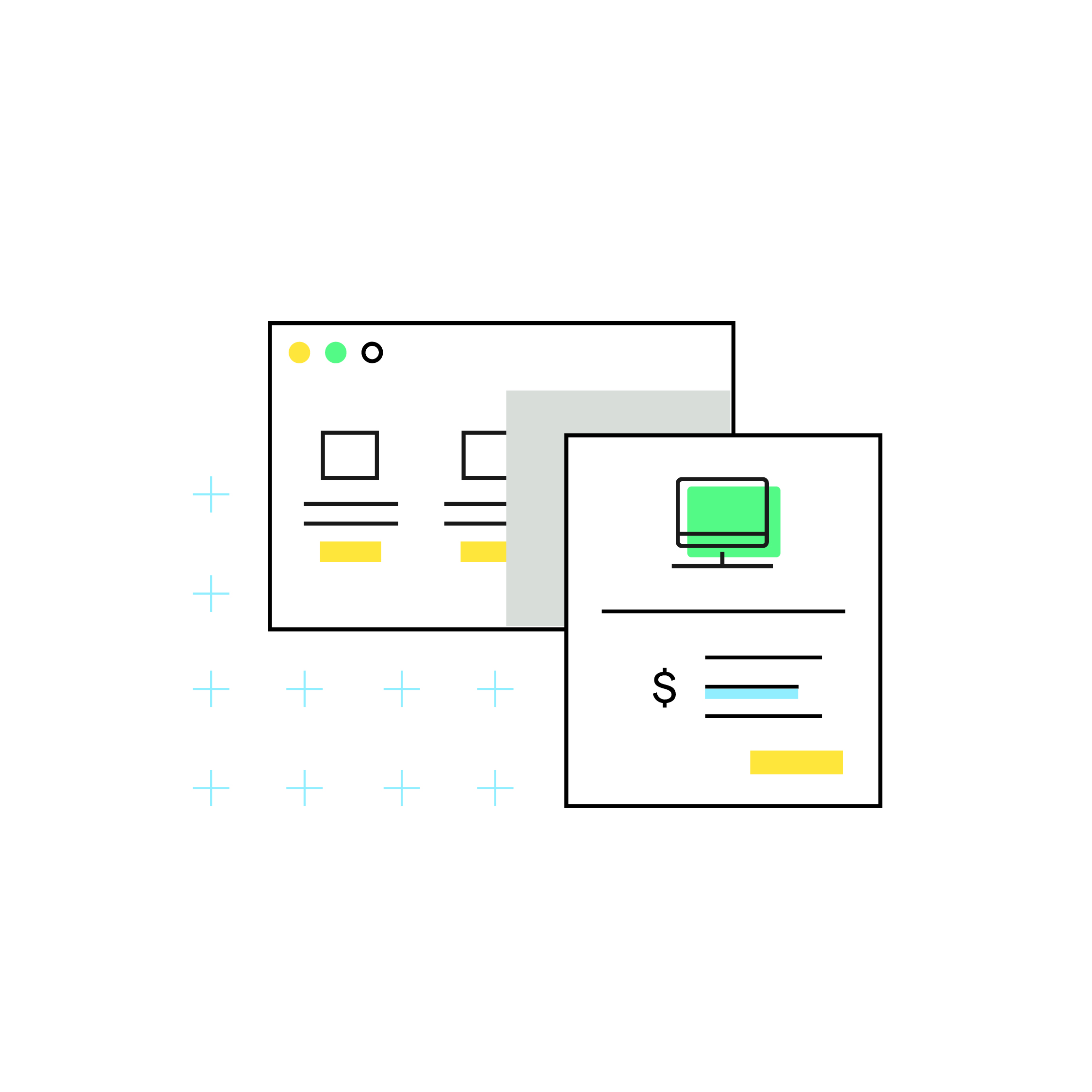What is a tax lien?
by June 3, 2021
A tax lien is a claim imposed by law upon property or other assets to ensure the payment of taxes. A lien can be enforced for failure to pay property taxes, income taxes, business taxes, and sales taxes. As you can imagine, a tax lien can put you and your business in a tough spot.
We’re here to help you understand tax liens, how they can impact your business, and understand your options if you are faced with a tax lien.
Tax Liens: What you need to know
Essentially, a federal tax lien is the government’s legal claim against property when a tax debt has not been paid in full. The lien protects the government’s interest in all your property, including real estate, personal property and financial assets. This means that the government can sell your property to pay off your outstanding debt.
For LLC or incorporated business owners, the government can file a lien on a business property, including inventory, buildings, automobiles. However, for sole proprietors facing a lien, the government can file a lien on personal property. Including your home and personal car.
If a lien is being brought against an asset of yours, you will first receive a Notice of Federal Tax Lien. This is a document used by the Internal Revenue Service to communicate to creditors and lenders that they have put a lien on an asset of yours.
If you are late to pay your taxes, the IRS will first send you a Notice and Demand of Payment. After you receive this notice, you have 10 days to pay your tax debt in full, including interest and penalties. If you are able to make the payment within the 10 days, the government will not file a lien. However, if you are unable to make the payment, you will face a tax lien.
If you don’t take care of a federal tax lien, a tax levy comes next. A tax levy is the actual seizure of property or assets to pay back taxes. Tax levies can include things such as garnishing your wages or seizing real estate and bank accounts.
Does a tax lien ever expire? Yes. The IRS has 10 years to to pursue a debtor for the unpaid taxes that resulted in the tax lien. After 10 years, the collection timeframe expires, and so does the lien.
However, there are actions debtors sometimes that give the IRS more time to collect. These activities have an impact on a federal tax lien: filing bankruptcy, collection due process appeals or submitting an offer in compromise or innocent spouse claim. Essentially, these activities stop the IRS from collecting the outstanding tax payment. As a result, this time is added back on to the collection statute, extending the 10 year collection period.
It’s also important to note that the IRS can refile the tax lien, which is treated as a continuation of the initial tax lien.
Preventing a tax lien
The first way to prevent a tax lien is to make tax payments in full and on time. However, that’s not always a feasible option for debtors.
If you can’t pay the entire amount at one time, you can prevent a tax lien by setting up an installment agreement with the IRS that meets certain requirements. The IRS won’t file a federal tax lien if a taxpayer sets up either a guaranteed installment agreement. However, it’s up to the debtor to reach out to the IRS to establish these plans. The IRS won’t proactively reach out to a taxpayer to set up these plans.
How to get rid of a lien
The first option to get rid of a lien is to pay your tax debt in full. Once you pay your tax debt, the IRS will release the lien within 30 days.
There are other options for dealing with a lien that can be utilized when it’s in the best interest of both the government and the taxpayer.
Discharge of property
A discharge removes the lien from specific property. There are several Internal Revenue Code provisions that determine eligibility. Here is more information on discharge of property: Publication 783, Instructions on How to Apply for Certificate of Discharge From Federal Tax Lien PDF.
Subordination
Subordination does not remove the lien, but allows other creditors to move ahead of the IRS, which may make it easier to get a loan or mortgage. For example, if you want to refinance a loan and get a lower-interest rate, subordination would allow that. This is in the best interest of the government because it will allow you to pay off your debt quicker. To determine if you are eligible, refer to Publication 784, Instructions on How to Apply for a Certificate of Subordination of Federal Tax Lien PDF.
Withdrawal
A withdrawal removes the public Notice of Federal Tax Lien and assures that the IRS is not competing with other creditors for your property; however, you are still liable for the amount due. Essentially, withdrawing a tax lien removes the lien as if it never existed.
There are two scenarios where the IRS would utilize withdrawal: the lien was filed incorrectly by the IRS or you must be on an installment plan and owe less than $25,000 in taxes.
To see if you are eligible for withdrawal, refer to Form 12277, Application for the Withdrawal of Filed Form 668(Y), Notice of Federal Tax Lien (Internal Revenue Code Section 6323(j)) PDF.
After the tax lien
Tax liens are publicly recorded. After the outstanding debt is paid off, the records will be updated to reflect the fact that the lien has been released.
Until recently, tax liens, even those paid off, were included on credit scores for up to 10 years. That changed in 2018, and liens will no longer impact the credit scores of lenders. However, even though tax liens may not appear on credit reports anymore, the IRS can still file a public notice of the tax lien, telling creditors the government has a right to your property. That could jeopardize a lender’s ability to secure a loan. However, it’s still important to try and avoid a tax lien when possible, as resolving the lien and avoiding a tax levy is time consuming and takes away from revenue generating activities.
Avoiding a lien
You can avoid a federal tax lien by simply filing and paying all your taxes in full and on time. If you can’t file or pay on time, don’t ignore the letters or correspondence you get from the IRS. If you can’t pay the full amount you owe, payment options are available to help you settle your tax debt over time.
TaxJar: A modern approach to sales tax compliance
Maintaining compliance is important in every aspect of your business, and that can be complicated for e-commerce sellers. TaxJar helps businesses achieve sales tax compliance with ease through automated calculations and filing. With TaxJar’s AutoFile, we use the information we receive from your eCommerce providers and marketplaces to prepare and submit returns to the state, along with remittance. Pay your sales tax on time and accurately with TaxJar.








